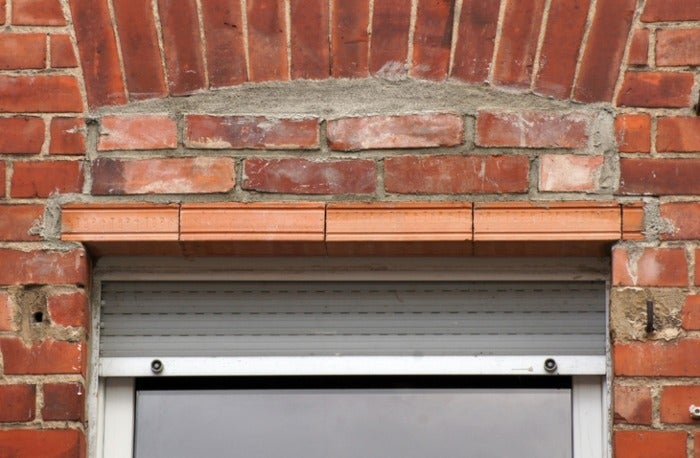Image Source: Google
When it comes to maintaining the stability and longevity of your home, one often overlooked aspect is the lintel. A lintel is a structural component that supports the weight of the wall above an opening, such as a door or window. Over time, lintels can deteriorate due to age, weather conditions, or improper installation, which can lead to serious issues if not addressed promptly.
Why is Lintel Replacement Important?
Lintel replacement services is crucial for several reasons. Firstly, a deteriorated or damaged lintel can compromise the structural integrity of your home. A weakened lintel may not be able to support the weight of the wall above it, which can result in sagging or even collapse.
Secondly, a damaged lintel can lead to water infiltration and moisture issues. If the lintel is cracked or corroded, it can allow water to seep into the surrounding masonry or concrete, leading to dampness, mold growth, and potential damage to the interior of your home.
Furthermore, a failing lintel can also affect the overall appearance of your home. Cracks, bulges, or sagging caused by a damaged lintel can be unsightly, reducing the curb appeal and value of your property.
Signs of a Damaged Lintel
To determine if your lintel needs replacement, keep an eye out for the following signs:
1. Cracks: Look for cracks in the lintel itself or the surrounding masonry. Horizontal cracks are especially concerning and may indicate significant structural damage.
2. Sagging or Bulging: If you notice any sagging or bulging above your doors or windows, it could be a sign of a compromised lintel.
3. Rust or Corrosion: Examine the lintel for signs of rust, corrosion, or any other form of deterioration. Rusty metal lintels are particularly vulnerable to weakening over time.
4. Moisture Damage: Check for signs of moisture damage, such as water stains or mold growth around the lintel area.
If you observe any of these signs, it is important to consult a professional to assess the condition of your lintel and determine if replacement is necessary.
The Lintel Replacement Process
Lintel replacement is a complex task that should be carried out by experienced professionals. Here is a general overview of the process:
1. Inspection: A professional will thoroughly inspect the lintel and surrounding structures to identify the extent of the damage and determine the appropriate replacement method.
2. Temporary Support: Before removing the damaged lintel, temporary supports will be installed to ensure the stability of the wall above.
3. Removal: The damaged lintel will be carefully removed, taking precautions to avoid further damage to the surrounding masonry.
4. Replacement: The new lintel, typically made of steel or reinforced concrete, will be installed. It is essential to choose a lintel that is appropriate for the load-bearing requirements of your specific opening.
5. Finishing: Once the new lintel is in place, the surrounding masonry will be repaired and restored to its original condition. This may involve repointing brickwork or applying new render.
6. Clean Up: The work area will be thoroughly cleaned, and any debris will be removed.
7. Inspection and Maintenance: Finally, a professional will inspect the replacement lintel to ensure proper installation and provide recommendations for ongoing maintenance.
Conclusion
Lintel replacement is a crucial aspect of home maintenance that should not be overlooked. By addressing damaged or deteriorated lintels promptly, you can ensure the stability and longevity of your home. If you suspect any issues with your lintels, consult a professional who can assess the condition and carry out the necessary replacement. Remember, a well-maintained lintel is key to a stable and secure home!
